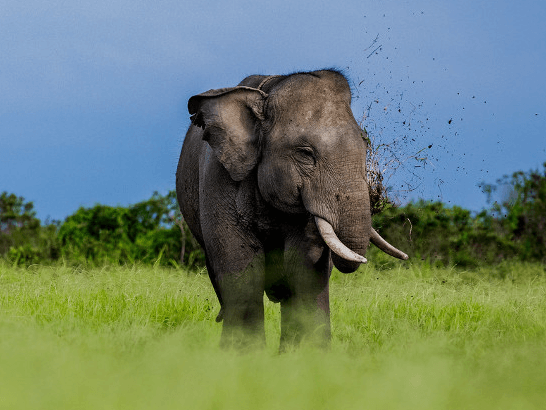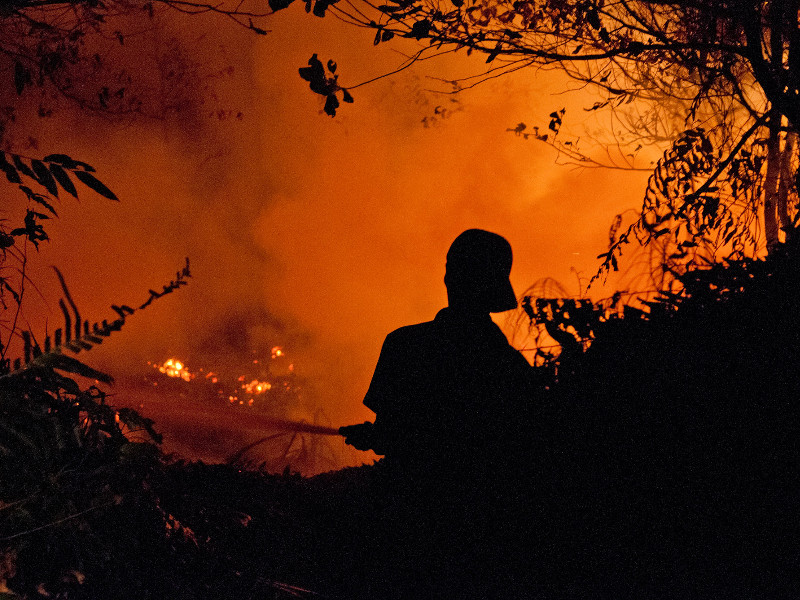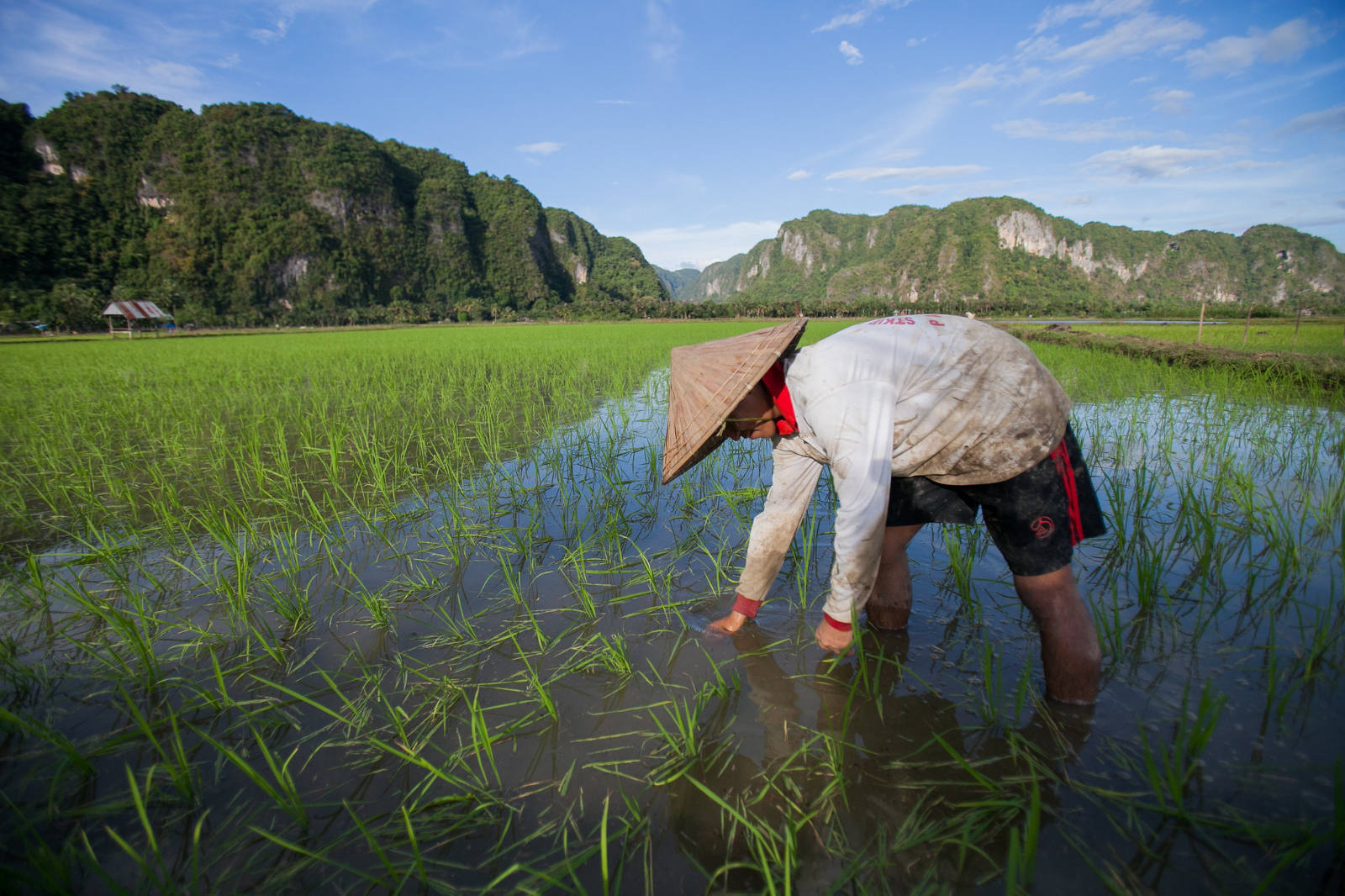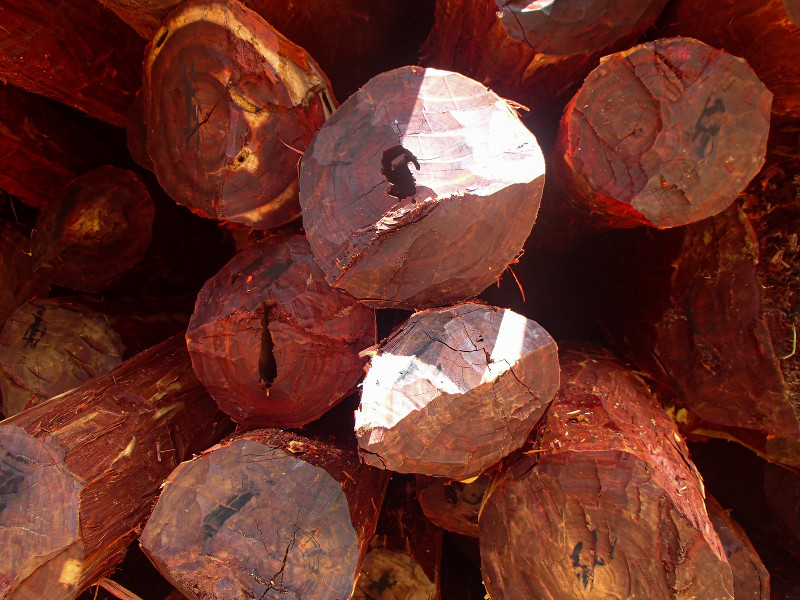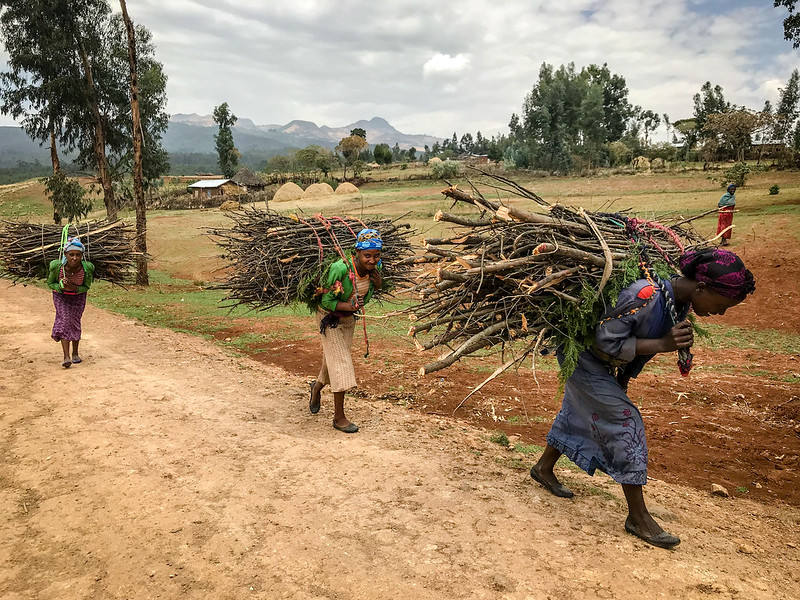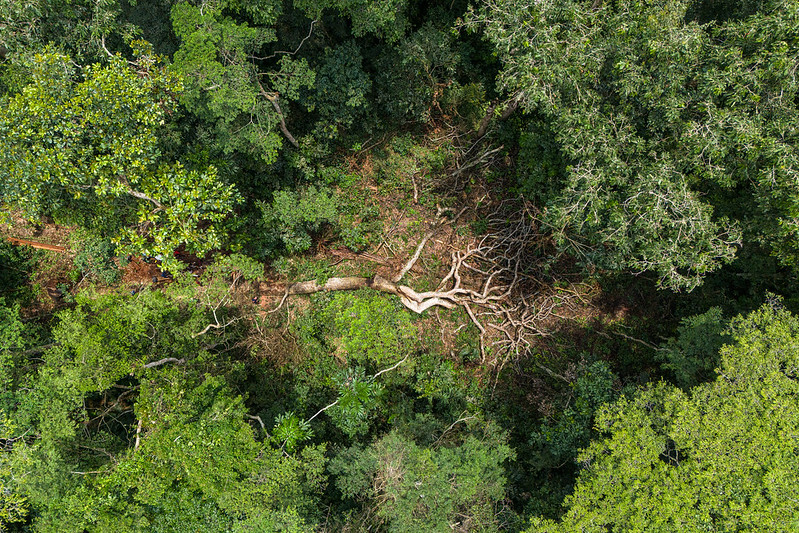
But as the ecological significance of the region has become more apparent, it has drawn increased attention from global conservation groups such as the Center for International Forestry Research, which has teamed with governments and universities to invest millions in infrastructure, technology, and training of researchers. Since 2005, the number of postgraduates in forestry has grown from just six to more than 300. Today this new vanguard of Congolese scientists is striving to understand one of the most massive and understudied ecosystems on our planet, at a time when it’s needed most.











